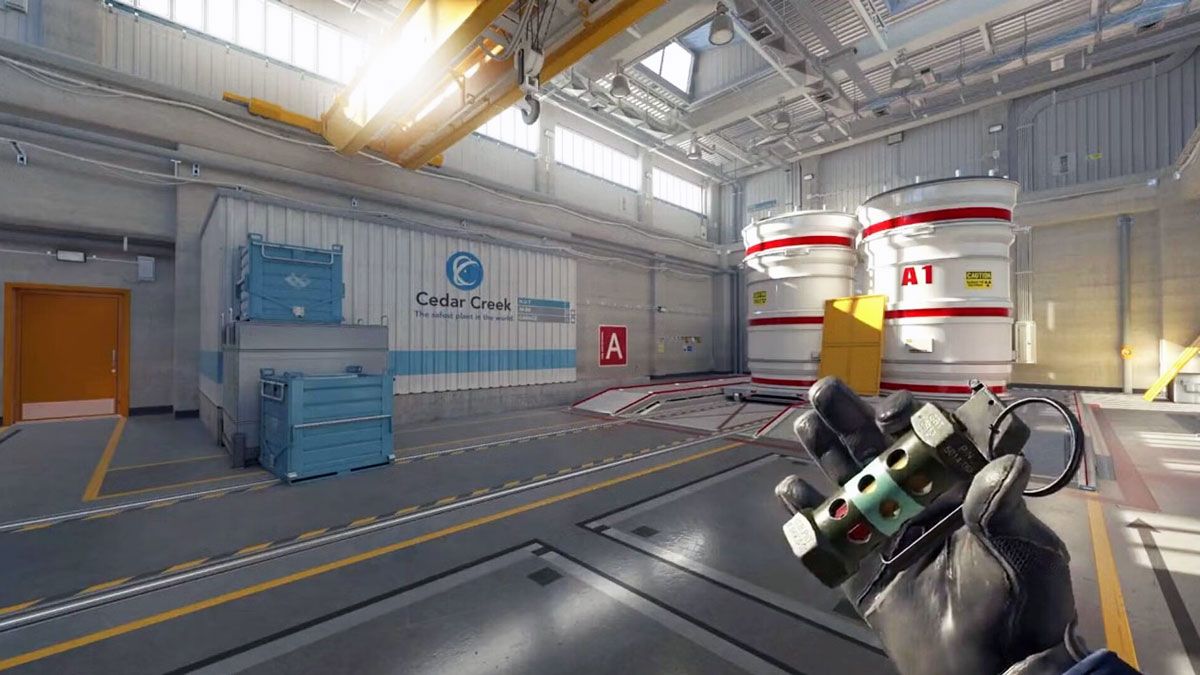Camp Drops: Your Gateway to the Great Outdoors
Explore tips, gear reviews, and adventure stories for outdoor enthusiasts.
Conquering the Nuke: Your Unexpected Path to Victory
Unlock the secrets to triumph! Discover your unexpected path to victory in conquering challenges and turning obstacles into opportunities.
Unraveling the Mysteries: How Nuclear Strategies Shape Modern Warfare
The landscape of modern warfare has been profoundly influenced by nuclear strategies, which serve as a cornerstone for national defense policies worldwide. Understanding these strategies is essential to unraveling the complexities of geopolitical tensions and military readiness in the 21st century. Countries equipped with nuclear capabilities utilize a variety of doctrines, such as deterrence and mutual assured destruction, to maintain peace and stability. The sheer power of nuclear weapons has reshaped military planning and international relations, making the implications of their use a matter of critical importance to global security.
At the heart of these nuclear strategies lies the understanding of escalation control and the balance of power. Nations often engage in tactical posturing, with nuclear arsenals serving as a powerful bargaining chip in diplomatic negotiations. The concept of second-strike capability further complicates the framework of modern warfare, as states seek to ensure that any initial nuclear attack would be met with retaliation, thus preserving their sovereignty. As emerging technologies and new doctrines evolve, the discussion surrounding nuclear strategies becomes increasingly relevant, warranting a deeper analysis of their impact on contemporary conflict.

Counter-Strike, a popular series of tactical first-person shooter games, has captivated millions of players worldwide. The latest installment, known as CS2, offers enhanced graphics and gameplay mechanics that elevate the experience. It's important to note that the cs2 server is reserved for game lobby, ensuring that players can connect seamlessly for competitive matches.
The Road to Victory: Essential Tactics for Navigating Nuclear Threats
The threat of nuclear warfare looms large in today's geopolitical landscape, making it essential to understand the tactics necessary for navigating such crises. First, it is crucial to enhance diplomatic efforts and build coalitions that can effectively mitigate the risks of nuclear confrontations. Countries must engage in dialogue to establish clear communication channels, reducing the chances of misunderstandings that could escalate into conflict. In addition, implementing international treaties focused on nuclear disarmament plays a vital role in diminishing the global stockpile of nuclear weapons, thereby promoting a safer world for future generations.
Furthermore, nations must invest in comprehensive defense strategies that combine technology with human intelligence. Regular simulations and trainings can prepare military and governmental agencies to respond quickly and effectively should a nuclear threat arise. It is also important to educate the public about emergency protocols relating to nuclear threats. This can be achieved through community programs and informative campaigns. By fostering a well-informed citizenry, governments can ensure that the populace remains calm and prepared in the face of potential nuclear crises, ultimately paving the road to victory against such existential dangers.
What You Need to Know About Strategic Deterrence and Its Impact on Global Security
Strategic deterrence is a vital concept in international relations and security studies, primarily aimed at preventing adversaries from engaging in aggressive actions by maintaining a credible threat of significant retaliation. This approach, often associated with nuclear capabilities, emphasizes the necessity for nations to possess a robust defense posture that persuades potential aggressors that the costs of military action will outweigh any conceivable benefits. In the evolving landscape of global security, where tensions can escalate rapidly, understanding the nuances of strategic deterrence is crucial for policymakers and analysts alike.
The impact of strategic deterrence extends beyond mere military posturing; it influences diplomatic relations, economic stability, and the overall balance of power. Effective deterrence can foster a semblance of stability in volatile regions, as it compels nations to reconsider aggressive strategies out of fear of debilitating consequences. However, the challenge lies in adapting deterrence strategies to address emerging threats, such as cyber warfare and asymmetric conflicts, which require a reevaluation of traditional models. As we look towards the future, the role of strategic deterrence in shaping global security dynamics cannot be overstated.